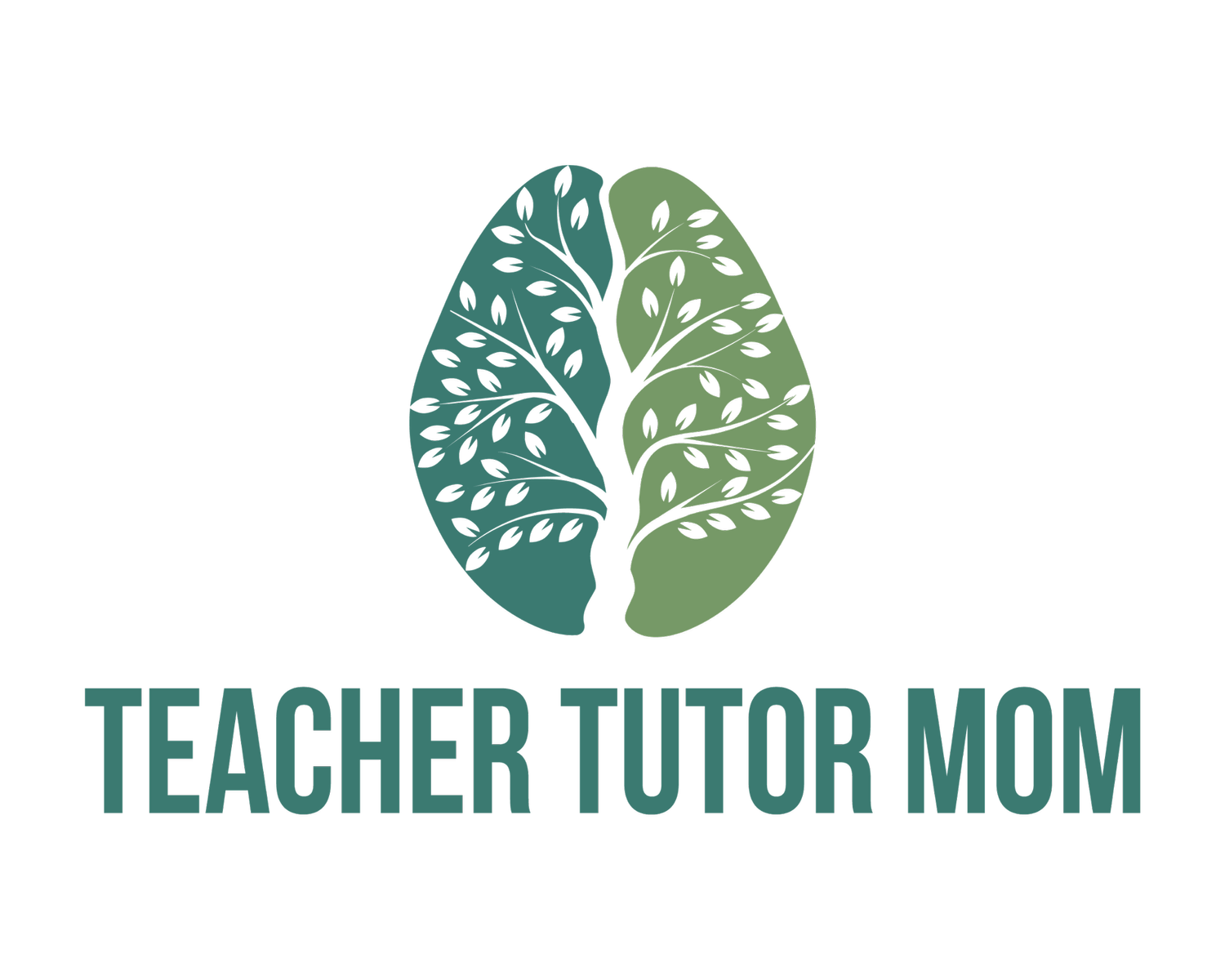Why I Chose a “Dyslexic Curriculum” for my Non-Dyslexic Child
Heads up: This post contains affiliate links. That just means, if you use one of my links to a product, I may earn a commission on that purchase, but it won’t cost you any extra money. If you choose to use my links, THANK YOU a million!! Learn more.
Why Phonics Training Matters
“Why do we save the best and deepest phonics training for the kids who are already fallen behind?” (Eide, Logic of English). Rather than save phonics training till the last resort for kids who don’t seem to “get it,” we should be using it from the very beginning. EVERY child should be taught with a systematic phonics approach.
So this is why I chose to teach my neurotypical child how to read using a curriculum written for kids with dyslexia! It leaves the whole language approach in the dust and focuses on phonics! What in the world do I mean by these two approaches? I’m so glad you asked! Let me explain…
Whole Language vs. Phonics Approach
The Problem with the Whole-Language Approach
What is the whole language approach? The idea behind this is that people learn how to read by memorizing the whole word - rather than sounding out the letter sounds within the words (aka phonics). While this idea was popular in the 80’s and 90’s…sadly it is still prevalent today in many schools and curriculum. And I believe it is a major contributing factor in many of the reading struggles of our generation.
For an in-depth look into the origins of the whole language approach check out this podcast - Sold a Story. You can find it on popular podcast apps like Spotify and Apple Podcasts as well. This news-story style podcast is a fascinating dive into the history of the whole-language approach (which I and most of my teacher peers were trained in back in the early 2000’s - more on that below).
In brief, the whole the language style is looking at the WHOLE word and memorizing it (site words) - as well as looking at pictures and other “clues” rather than simply sounding out the word from the ground up. Sight words? While they aren’t the epitome of evil, focusing on these rather than building phonics skills is detrimental to children’s development of the building blocks of language - that can help them figure out even more complicated words as they grow.
So what is Phonics?
Phonics is the study of the relationship between sounds and their symbols. So when children are taught using systematic phonics instruction, they are taught not only the sounds each letter can make, but the rules behind why each letter says something else and when it does.
For instance, “silent e” or “magic e” is a commonly taught phonics rule - most kids learn this even if their curriculum is not a systematic phonics curriculum. This rule says that when a single vowel plus a single consonant is followed by “e,” the first vowel will say it’s long sound (or its name).
However, an example of the depth to which kids are taught to understand the rules of English in an explicitly phonetic approach is this rule - English cannot end in the letter V or U. Without knowing this rule, when you look at the word “have” it makes no sense why the silent e on the end doesn’t make a “say its name.” BUT - the use of the silent e here is for a different purpose. It is to keep the word “have” from ending in the letter v. As children are taught the rules of English phonics systematically, they learn that this complex and challenging language actually makes a lot more sense than it appears to at first.
Rather than saying that English has rules and then tons of rule-breakers…we learn that there are just more rules to English than most of us were taught.
The Role of Sight Words
Sight words can have a place- they are excellent “place-holders” for kids to learn until they eventually understand the rules better. Knowing some basic, common words (like Fry words and Dolch words – which are simply researched lists of common words we see in print) allow kids to read more books than they would with just the phonics rules they might have learned so far. Some phonics programs, like All About Reading (which I use with my kids), incorporate a few sight words throughout as they teach the foundational phonics skills to help the children become solid readers.
But, to tell our kids that “none of those words follow the rules, so just memorize them” is just untrue in many cases. And it can cause more stress than letting them know they simply haven’t learned the rules yet.
My Teacher Prep Experience
I remember taking a course or two during my undergraduate years that spent some time on phonics instruction. However, in the four semesters I spent solely on education classes in my upper-level college years I don’t recall learning more than a fraction of the the information I gathered in a one-week Orton-Gillingham phonics course I took after graduating.
After spending a heck of a lot of time and money on studying to be a certified teacher, I wish I had had a full course (or two!) focused solely on phonics instruction – not on the psychologists whose theories inform educational research.
And, from listening to the podcast I mentioned above (Sold a Story), apparently I am among many trained teachers who were taught the whole language method - with a tiny bit of phonics stuck in for good measure.
Recommended Resources
Enough bemoaning my fate…I want to point you in the direction of some excellent resources of varying prices that you can check out if interested.
Institute for Multisensory Education (IMSE)
If you have the time, interest, and a large chunk of change, check out IMSE.com (Institute for Multisensory Education) for their courses…the 30-hour 1 week course is the one I took over a decade ago. And, apparently now they offer it virtually as well!! Seriously, it is fantastic. It’s expensive but so worth the money. (I don’t earn any money from that recommendation btw!!)
All About Reading Program (AAR)
If you are interested in an open-and-go curriculum that you can use to teach (or tutor) your own child at home…I have been extremely pleased with the All About Reading program from All About Learning Press. This is the “Dyslexic” program that I use with my own kids. Check out the articles below about this fantastic program.
And, since I have used and loved this program for a number of years now, I have written several articles about AAR. Check out the further reading below for these articles.
Uncovering the Logic of English (LOE)
Secondly, I highly recommend the book I mentioned above, Uncovering the Logic of English, as a fantastic and thorough layman resource. I have read it cover to cover and hold onto it as a wonderful reference. English is far less daunting for us as adults - as well as for our students - if we understand the mechanics of it.
Contrary to popular opinion, most English words do follow the rules – we just weren’t taught all of the rules!! BTW another quote from Eide’s book – “English has the largest vocabulary in the history of the world.” No wonder we have such a hard time learning how to spell all the words!
Learning to read and write English is no small task.
And, you might check out the Logic of English curriculum - either Foundations or Essentials - that Eide has created. I have not personally used it, but I know it is a popular resource for structured, systematic phonics curriculum. And you can check out lots of reviews of it on blogs as well as YouTube to see if it’s a good fit for your family.
For Further Reading:
Here are some more articles that I have written that may be helpful in your homeschool journey - especially if you are interested in using All About Reading.
All About Reading Curriculum Review
How to Set Up All About Reading So You Can Use It Again
References:
Eide, Denise. Uncovering the Logic of English: A common-sense approach to reading, spelling, and English. 2012.




